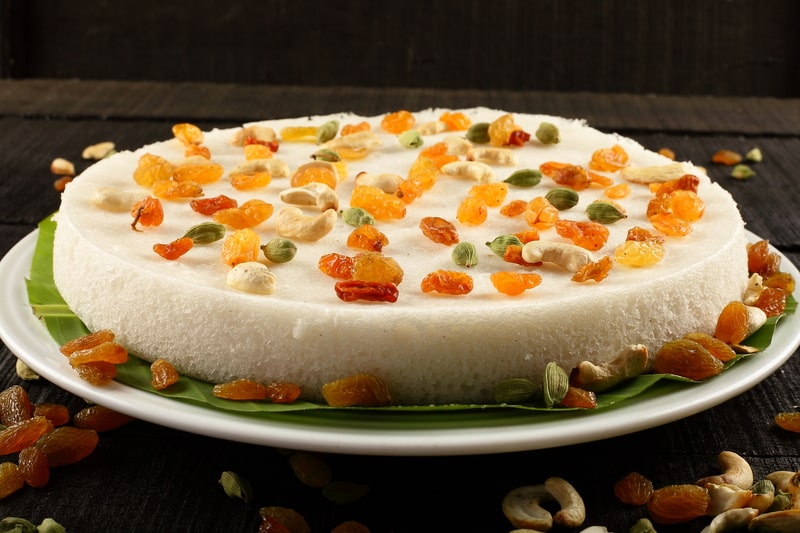
Mochi is one of the most popular desserts among people who are fond of Japanese cuisine because of its chewy texture and sweeter flavor profile. It is made with rice flour, but it can be challenging to find at times, especially in the local grocery stores. So, if you want to make your own mochi at home, you can use the following sweet rice flour substitutes for mochi.
Sweet Rice Flour – What Is It?
Before we start talking about the substitutes for rice flour, it’s important to know what it actually is. It is actually a secret weapon to making the mochi and is often preferred by people who don’t want to use glutinous rice. It has no gluten, but there is a higher starch content, which makes it suitable for making mochi, but it is also used for thickening the batters, sauces, and pancakes. When added to sweet recipes, it results in moist and juicy cakes.
The unique thing about this flour variety is the starch content, which makes it stretchy and chewy upon cooking. In fact, it provides enough stickiness to create a rice cake and mochi. So, in the section below, we are outlining the most suitable substitutes, such as;
Sweet Rice Flour Substitute For Mochi
1. Tapioca Flour
It is also known as tapioca starch and is considered one of the best substitutes for sweet rice flour. This is because of its similar properties and texture. In addition. You can use a 1:1 substitution ratio while using tapioca floor as an alternative. It is made by drying up and grinding the cassava or yucca plants and has a naturally starchy and sticky texture. It has the capacity to absorb water quickly and will achieve a chewy texture.
Keep in mind that the tapioca flour is actually tasteless and flavorless, which is why you have to add more sugar to make the sweet mochi. So, as long as you are fine with adding more sugar, you can depend on tapioca flour to make mochi.
2. Potato Starch
As the name suggests, potato starch is made from real potatoes. For this purpose, the starch is carefully extracted from potatoes and made into a finer powder, which hardly has any flavor. In the majority of cases, potato starch makes an apt choice for adding texture to the recipe and also works as a thickening agent. In addition, it’s a perfect addition for holding moisture and juiciness in baked recipes. When it comes down to the substitution amount, you can opt for a 1:1 ratio, but since it doesn’t have any flavor, you will need to add more sweeteners.
3. Almond Flour
It is needless to say that almond flour is different when compared to regular rice flour, but it’s a much healthier option. For instance, it has lower carbs and doesn’t have any gluten, which is why it works as an alternative to your sweeter rice flour. On top of everything, almond flour has a higher protein content, and there is a reasonable amount of minerals and vitamins in this flour, so the mochi will be extremely healthy.
On the other hand, you must remember that almond flour is not as sticky as sweet rice flour, which means you will have to add different binding agents. What we like about using almond flour is that it has a better flavor (yes, it will add a nutty flavor). Also, you can add more sugar to make sure the nutty flavor doesn’t overpower your mochi.
4. Sorghum Flour
Another amazing and reliable substitute for sweet rice flour can be sorghum flour, and it actually makes a great addition to mochi. This is a great option for people who want a gluten-free option and is loaded with nutrients (you must have heard about it as a healthier alternative to white flour). Keep in mind that sorghum flour is known for its slightly sweet flavor, which complements the mochi recipe pretty well. On the other hand, it’s not very sticky, but you can always add some binding agents.
You can use an equal amount of sorghum flour for replacing the sweet variety of rice flour in mochi. However, it is better that you start with a smaller amount of this flour to make sure you don’t have issues with consistency.